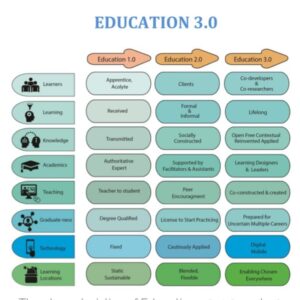This week is another wonderful presentation on generative AI by Garry, Ryan, and Mitch. The use of AI and Gen AI is a topic of the century, and several debates are ongoing about its pervasiveness in our everyday lives, particularly in education. In the presentation, Garry defined AI, according to Stryker and Kavlakoglu (2024), as ‘technology that enables computers and machines to simulate human learning, comprehension, problem-solving, decision-making, creativity, and autonomy. Referring to today’s presentation, generative AI is viewed as a subset of AI tools like generative pre-trained transformers that use neural networks, genetic algorithms, natural language processes, machine learning, robotics, and deep learning models to create content, images, audio, etc. The article Advantages and Disadvantages of AI in Education by Clugston (2019) describes the use of AI in education as leveraging various computer system tools to simulate human intelligence that can help improve learning experiences, streamline administrative tasks, and support educators.
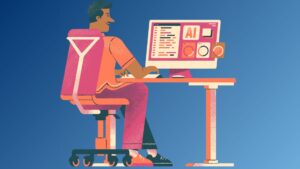
Generative AI Image
Source: Canvas
The article further highlighted the benefits of AI in education to include tailoring education to individual student needs, optimizing learning outcomes, automating routine tasks, freeing up teachers’ time for more impactful instructional activities, analyzing student performance data to identify areas of strength and weakness, and allowing for timely interventions and support, creating more interactive and engaging learning experiences for students, capturing students’ attention, optimizing the allocation of resources, and ensuring they are used effectively.
Though the use of AI and its subforms offers significant benefits in enhancing learning opportunities, these tools also come with several challenges, like students becoming too dependent on them, which in turn could diminish the ability to think critically. I am not really concerned about what people say regarding its use for cheating because I feel teachers should be able to come up with better activities and strategies that can make students engage with the use of AI while developing other essential skills that are needed for thriving in the changing world of work. Its kind of funny how we are made to believe that these tools are free, whereas most of the free tools/platforms have limited functionality and may sometimes collect sensitive data from users, which is sometimes not protected and sold to the parties for marketing purposes. I have also noted that there are ongoing concerns about the use of AI tools, particularly in K-12 settings. However, just like every other technology, I think we should have a clear pedagogical purpose for its integration in our lessons and classroom. Today’s presentation highlighted the importance of considering a tool’s user-friendliness and perceived usefulness, as outlined in the Technology Acceptance Model (1989), when deciding on its adoption.

Technology Acceptance Model (Davis, 1989)
Based on these two constructs of usefulness and ease of use, I have found myself using AI paraphrasing tools more for constructive, concise, and coherent writing and argument. I have also used In Video AI to help in creating videos for some of the work I do. The fact remains that AI is an enduring technology, much like some social media platforms in their early days. While initial concerns existed, many social media platforms have become obsolete or less popular over time. Similarly, I think AI platforms that fail to meet user needs may eventually become irrelevant and fade away. However, I think the skills that students can develop when using artificial intelligence can open doors to careers in various rapidly evolving fields such as smartphone technology, supply chain automation, fraud prevention, energy management, e-commerce, email spam filtering, and medical diagnosis (Northumbria University). Its very concerning when teachers say they are not interested in these tools or even technology, considering that our students are tech-savvy. I think for educators to remain effective and relevant in today’s world of technology, its important we familiarize ourselves with the latest technological innovations and their educational applications. By embracing and promoting emerging technologies, we can ensure that technology enhances, rather than replacing our role as educators.

Example of AI Avatar in an Engage VR platform (Source: https://www.linkedin.com/posts/craigfrehlich_do-you-remember-when-you-first-were-learning-activity-7265843788223246336–J-W/?utm_source=share&utm_medium=member_desktop)
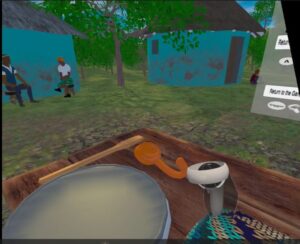
Cultural Anchor Virtual Reality on preserving the African Indigenous knowledge
Talking about AI, particularly its integration into emerging technologies like augmented reality and virtual reality, the first image to the left is the work of Prof. Craig Frehlich on how AI tutors within VR can help enhance immersive learning. It’s actually a video, but I just took the screenshot. The second image is actually part of a Culturally Anchored Virtual Reality Simulations (CAVARS) project my team in South Africa developed for teaching fermentation in science. This VR app actually makes students go through the brewing process of the traditional Nkombothi and engage in the step-by-step process of how fermentation occurs when making this traditional beer. Here is a link to how the team is utilizing AR and VR at UJ for teaching preservice teachers. Another example below is how AR can also be used in teaching.
https://youtu.be/XC8Zmxhr9aI
I feel the future of AI in our lives, particularly in education, is going to bridge a lot of gaps in how students learn abstract concepts. I feel it is also going to make learning more real and relevant to societal needs. Yes, there are challenges, and there will always be challenges, just like everything in life has its positive and negative. However, I feel we just have to embrace it and focus more on the benefits.
References
Clugston, B. (2024). Advantages and disadvantages of AI in education | University Canada West (UCW)
Davis, F. D. (1989), “Perceived usefulness, perceived ease of use, and user acceptance of information technology”, MIS Quarterly, 13 (3): 319–340, doi:10.2307/249008, JSTOR 249008, S2CID 12476939
Stryker, C. & Kavlakoglu, E. (2024). What is AI? Available at https://www.ibm.com/topics/artificial-intelligence

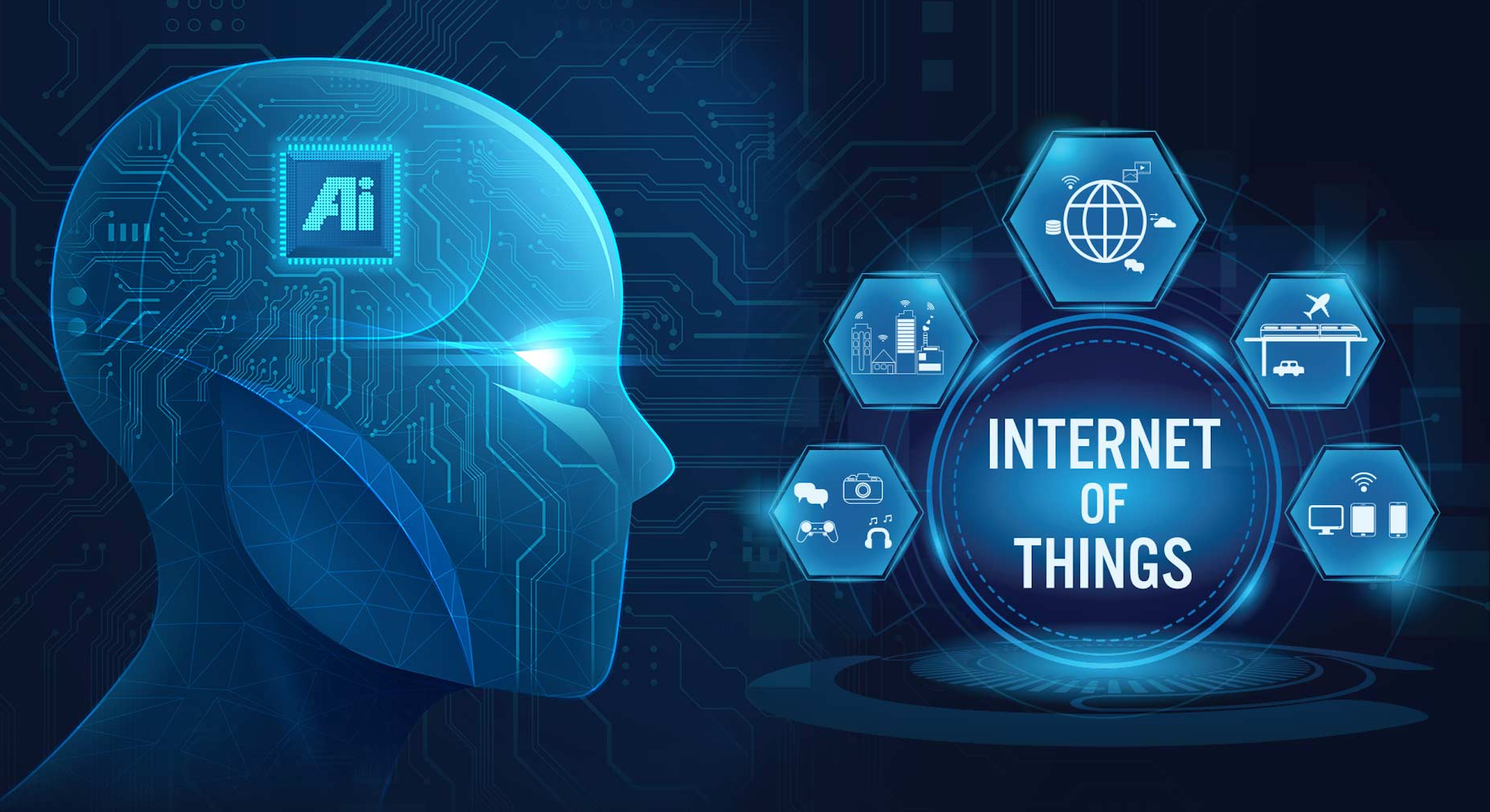



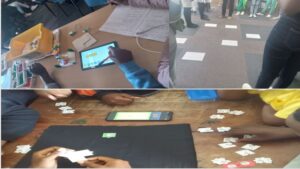







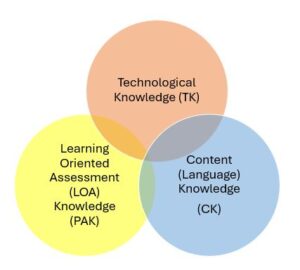


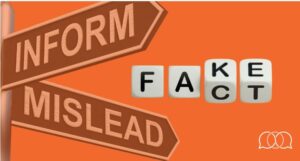

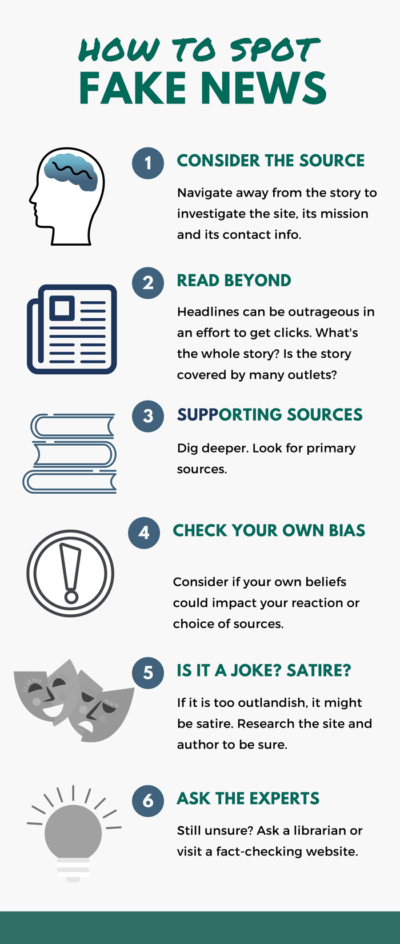

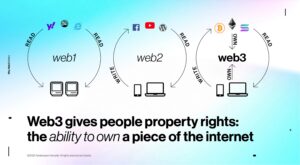 Further in the presentation, Stacey explained the transformation of Web 1.0 to 2.0 as introducing more collaborative websites and applications and generating content-sharing platforms like Wikipedia, blogs, and social media, which have become a part of most people’s lives. This technology was characterized by its increased bandwidth, better online browsers, online data storage, cloud computing, etc. The transformation of the interactive nature of Web 2.0 tools can also be likened to how relationships between students and teachers are being established in Education 2.0. According to Gerstein, this transformation has brought about the use of innovative pedagogical strategies like project-based learning, inquiry-based learning, and cooperative learning with the use of collaborative and interactive platforms. Teachers are considered facilitators of knowledge in this context, even if they still remain the custodians of knowledge. Unfortunately, some teachers are still struggling to implement these innovative pedagogies in their classroom practices. The use of Web 2.0 tools gives learners the opportunity to become contributors of knowledge, have opinions on educational dialogues, be active in their learning, and get the opportunity to collaborate and share ideas.
Further in the presentation, Stacey explained the transformation of Web 1.0 to 2.0 as introducing more collaborative websites and applications and generating content-sharing platforms like Wikipedia, blogs, and social media, which have become a part of most people’s lives. This technology was characterized by its increased bandwidth, better online browsers, online data storage, cloud computing, etc. The transformation of the interactive nature of Web 2.0 tools can also be likened to how relationships between students and teachers are being established in Education 2.0. According to Gerstein, this transformation has brought about the use of innovative pedagogical strategies like project-based learning, inquiry-based learning, and cooperative learning with the use of collaborative and interactive platforms. Teachers are considered facilitators of knowledge in this context, even if they still remain the custodians of knowledge. Unfortunately, some teachers are still struggling to implement these innovative pedagogies in their classroom practices. The use of Web 2.0 tools gives learners the opportunity to become contributors of knowledge, have opinions on educational dialogues, be active in their learning, and get the opportunity to collaborate and share ideas.
